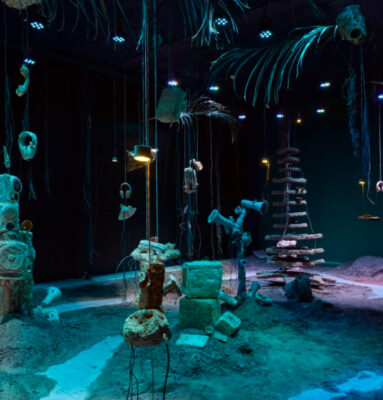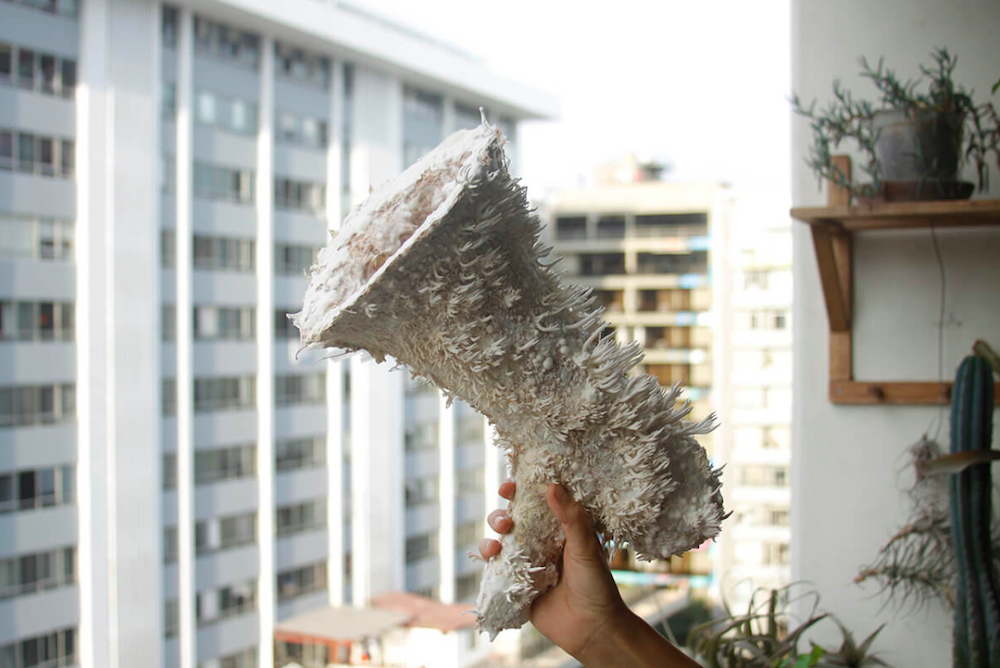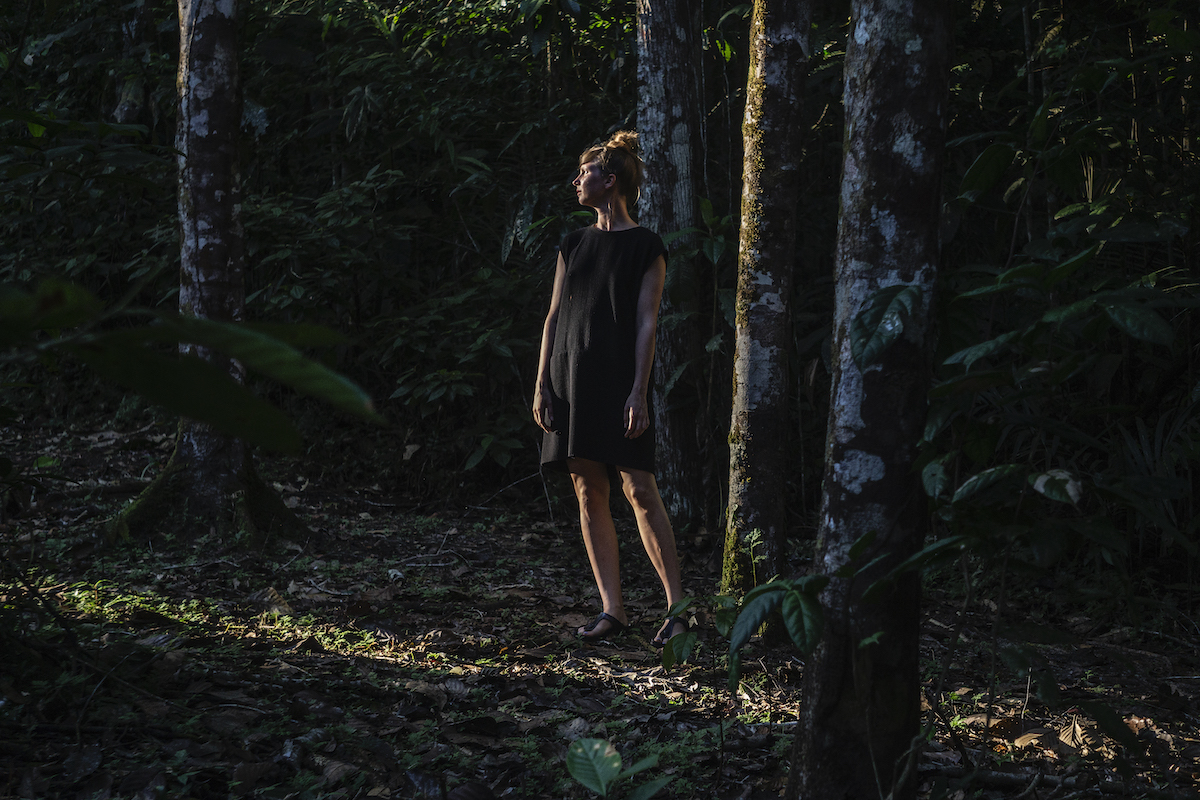Search
To search for an exact match, type the word or phrase you want in quotation marks.
A*DESK has been offering since 2002 contents about criticism and contemporary art. A*DESK has become consolidated thanks to all those who have believed in the project, all those who have followed us, debating, participating and collaborating. Many people have collaborated with A*DESK, and continue to do so. Their efforts, knowledge and belief in the project are what make it grow internationally. At A*DESK we have also generated work for over one hundred professionals in culture, from small collaborations with reviews and classes, to more prolonged and intense collaborations.
At A*DESK we believe in the need for free and universal access to culture and knowledge. We want to carry on being independent, remaining open to more ideas and opinions. If you believe in A*DESK, we need your backing to be able to continue. You can now participate in the project by supporting it. You can choose how much you want to contribute to the project.
You can decide how much you want to bring to the project.

*This text is based on an excerpt from the book Becoming Fungal; understanding Mycelium as a Methodology, that will be published by Valiz and is written by Yasmine Ostendorf-Rodríguez.
In her text The Holobiont That Therefore I Am, Bárbara Sánchez Barroso refers to the book Braiding Sweetgrass by Robin Wall Kimmerer and quotes her on the sentences about how plants and animals have something to teach us, especially in terms of reciprocity. Both Sánchez Barroso and Kimmerer give different examples of how ‘intelligences different than our own’ can be great teachers for humans. Whether it’s the mourning bees that Sánchez Barroso describes so beautifully, or the reciprocal relationship that the Potowatomi people have with the sweetgrass that grows in their territories, both point out that we ‘don’t have to figure out everything by ourselves’, as the ‘teachers are all around us.’ The fundamental more-than-human teachers in my life, have been fungi. Like many others I was inspired by the book Mushroom at the End of the World, on the Possibility of Life in Capitalist Ruins by Anna Tsing, but unlike many others, it drove me to quit my job at an art institution in order to become a shiitake farmer in rural Brazil. I became a so-called mycophile (fungi-lover) and through conversations with farmers, artists, mycologists and other mycophiles, I came to twelve important life lessons that fungi want to teach us. These twelve teachings formed the foundation for my book Becoming Fungal; Understanding Mycelium as a Methodology, on which the text below is based.
Different notions of time
Working on the shiitake farm in Brazil was the first time I experienced up close and personal, how mushrooms operate in a different dimension of time. Every morning I would methodically harvest the shiitake in the mushroom greenhouse, following each section of mycelium blocks from bottom to top. For the lowest shelves I had to squat down or sit on my knees, whilst to reach the shiitakes on the top shelves I had to climb a high and wobbly ladder. The mushroom house looked a little like an old bakery, as the mycelium blocks vaguely resembled loafs of moldy bread. It happened to me on multiple occasions that just as I thought I had finished the harvesting and reached the last shelf; I would look behind me and new shiitakes had popped up. Had I not seen them before? It was as if they were joking with me, hiding, maybe even giggling, and appearing whenever they felt like it. The first few times this happened to me I thought I was going crazy. I started asking about this mysterious phenomenon in my interviews with mycologists and other people working with fungi. It turned out that I wasn’t the only one to have experienced this and learned: fungi operate in a different dimension of time. They decide when they pop and more importantly, they decide when they want to be seen by you.
When I had the opportunity to interview the three amazing women of FIBRA, a Peruvian art collective that works with mushrooms and makes mycelium sculptures, I told them this story of the hiding and giggling shiitake. Gianine Tabja, Lucia Monge, and Gabriela Flores del Pozo, the three women who make up the collective, immediately knew what I meant. They often work with fungi, mostly with oyster mushrooms. In their experience fungi were both ‘really slow and then suddenly exponentially fast.’ I had experienced the ‘really fast’ and abrupt popping of the shiitake in the greenhouse, but wondered what they meant with the ‘really slow.’ Lucia had an answer for me: ‘the processes of fungi teach us about a different way of perceiving time. I’m thinking of mushrooms as medicine or mushrooms in myco-remediation or even in making sculptures. People are surprised that it takes months to grow a mushroom sculpture, when you are used to plaster that sets in half an hour. But also in terms of medicine and remediation; medicinal mushrooms you don’t take in the form of a pill and then the pain is over. It’s really about a long process that requires nurturing.’

Colectivo FIBRA
It was clear to me that this process of nurturing to get your medicine was the very opposite to the western expectations of how things work; we like solutions need to be immediate. With fungi gaining in popularity, many people, including many companies, are looking at fungi for all sorts of ‘solutions.’ In recent years fungi acquired a promising aura of being able to save the world, marketed with ambitious slogans varying from how ‘mushrooms will cure cancer!’ to how ‘mushrooms will clean up our oil spills!’ Though they are all, to some extent, true, I understood FIBRA was trying to make a different point here. Yes, fungi may contribute to solutions to some pressing problems of humanity, yet the expectation of immediateness is unrealistic and is not addressing the root of the problem. It’s yet again trying to make fungi work for us. It’s like the mushrooms are trying to escape the extractive systems by moving between different speeds to fit -and not fit- our timeframes. It’s hard to describe these different notions of time of fungi and I often struggle to describe what I mean with the ‘different notions of time.’ Like the right words aren’t there. Until I came across with a term that describes what I failed to express.
Once again it was Robin Wall Kimmerer, who in both her books Gathering Moss as well as Braiding Sweetgrass mentions the term ‘puhpowee’. She writes about how, as a biologist, she could not find the equivalent term in science, yet found it in Potawatomi, the indigenous language that she is learning, being a Potawatomi Citizen herself. ‘Puhpowee’ signifies an energy that animates: ‘My first taste of the missing language was the word Puhpowee on my tongue. I stumbled upon it in a book by the Anishinaabe ethno-botanist Keewaydinoquay, in a treatise on the traditional uses of fungi by our people. Puhpowee, she explained, translates as ‘the force which causes mushrooms to push up from the earth overnight. As a biologist I was stunned that such a word existed. In all its technical vocabulary, Western science has no such term, no words to hold this mystery. You’d think that biologists, of all people, would have words for life. But in scientific language our terminology is used to define the boundaries of our knowing. What lies beyond our grasp, remains unnamed.’
Though I feel hesitant to use the term puhpowee, publicly as I don’t want to take the term out of the cosmology in which it is so entangled (and I’m not sure how to pronounce it!), I allow myself to take the term into my heart, write it down in my notebook, as a message from the fungi. I also note that, as long as you’re not extractive, they’re very happy to pop into human timeframes to come and say hi. It makes the majority of mushrooms very hard to cultivate. Though there are some exceptions, such as the oyster mushroom or the shiitake, mushrooms prefer to roam around freely, popping up on their own terms, remaining ephemeral. When foraging mushrooms in the wild it is helpful to tune into that different sense of time as finding them requires a specific type of patience, attention and openness. Over the years, we have managed to cultivate a couple of dozen types of mushrooms, whilst there are millions of species that we know very little about. Some of them, like some species of morels, can be reliably found in the same place on more or less the same calendar day every year. Other species, such as members of genus Ionomidotus, maybe seen once in a given location and then never again. The mycelium might still be there, leaving an invisible presence that makes us wonder if that even counts of ‘being present.’
Fungi move through different notions of time, bringing to our attention how different realities operate in different time-frames. This question of ‘how to move through different notions of time’ informed the teaching that addresses the importance to value and recognize a multitude of time-frames, non-linearity, invisibility and silence. Things can be present without visually being present.
*This text is inspired by the book Braiding Sweetgrass: Indigenous Wisdom, Scientific Knowledge, and the Teachings of Plants (Minneapolis: Milkweed Editions, 2013) by Robin Wall Kimmerer, by the text The Holobiont That Therefore I Am, by Bárbara Sánchez Barroso, and by an interview with Gianine Tabja, Lucia Monge, and Gabriela Flores del Pozo of Colectivo FIBRA.
[Imagen portada: Colectivo FIBRA. Foto: Juan Pablo Murrugarra – MAC Lima]

Yasmine Ostendorf-Rodríguez is a self-proclaimed mycophile and interested in using a mycological lens to define sustainable and fair models of collaboration and organization. She initiated and directed many projects and orgs at the intersection of art and ecology, including the Green Art Lab Alliance, the Future Materials Bank and the Nature Research Department at the Jan van Eyck Academie. She is currently finishing her book “Becoming Fungal, Understanding Mycelium as a Methodology”, which will be published by Valiz and comes out early 2023.
Portrait: Rogério Assis
"A desk is a dangerous place from which to watch the world" (John Le Carré)